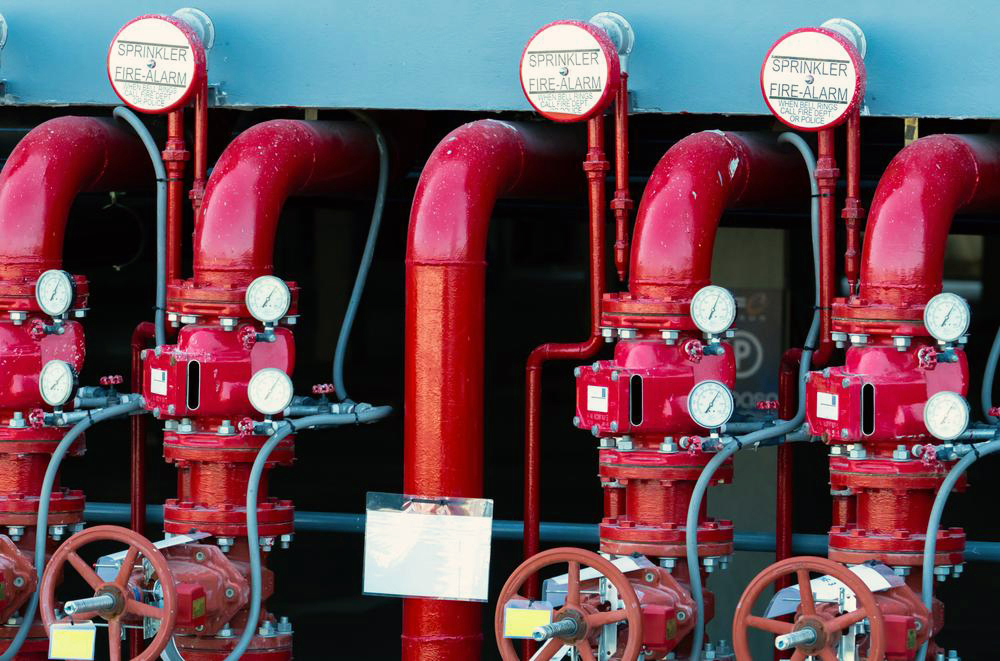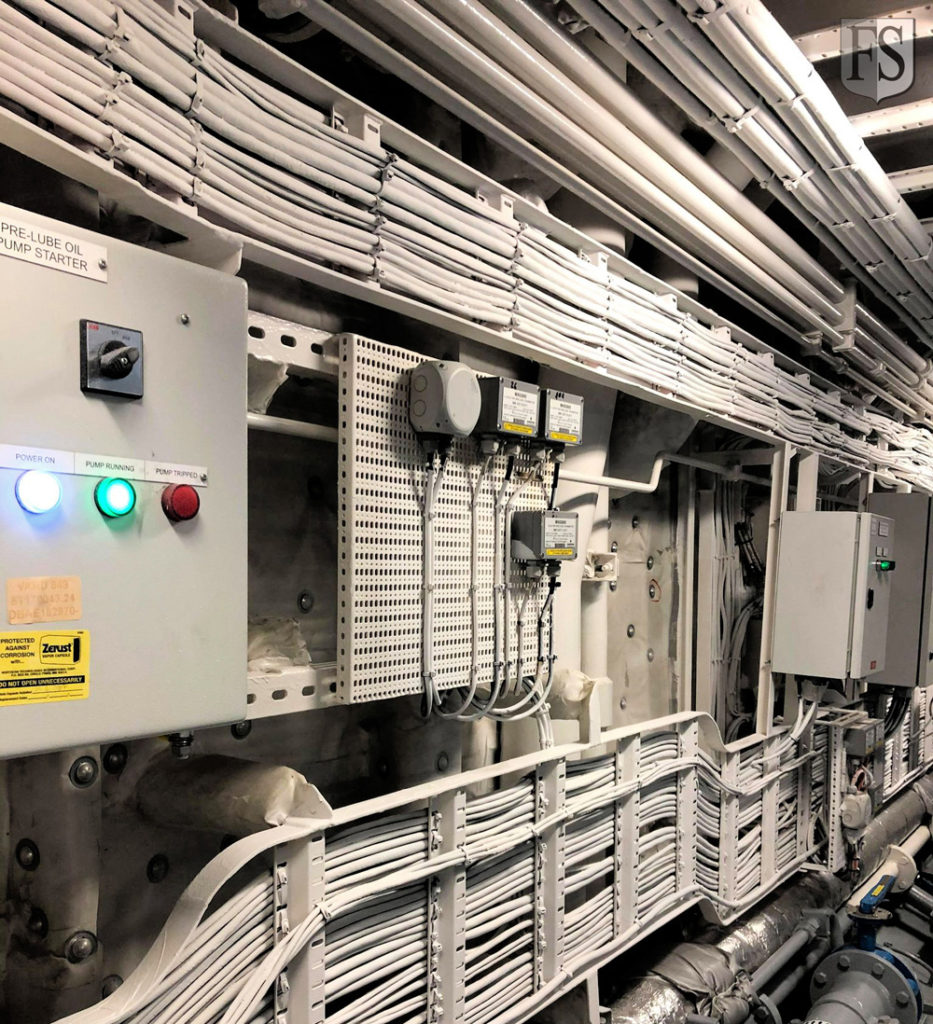Automatic sprinkler systems
Automatic sprinklers activate when the heat reaches fire-related temperatures. Then only the automatic sprinkler will be activated and exposed to these temperatures, which happens when the heat-sensitive glass bulb ruptures due to heat. Once the bulb ruptures, the water in the sprinkler system will be released through the sprinkler and run down the fire, suppressing the fire and preventing it from spreading and re-igniting. The sprinkler automatically drains when a fire is detected, although it is not triggered by smoke.
Control or extinguish a fire
A fire sprinkler system is an active method of fire protection consisting of a water supply system that provides a good head and flows to the water distribution piping system to which the fire sprinklers are connected. These systems require both a fire detection event, typically the actuation of a heat or smoke detector, and automatic sprinkler actuation before the “action” of water supply to the system piping.
When a fire sprinkler detects a sudden temperature rise, it will activate, and the air pressure in the system will decrease. When heat is detected, water fills the pipes and flows to all open sprinkler heads, flooding the entire area. In a sprinkler fire extinguishing system, most common in residential buildings and factories, cold water is stored under pressure in pipes and immediately released from the sprinkler heads when a predetermined heating level is reached.
Dry plumbing system vs wet piping system
A dry plumbing system stores the water behind the valve, and the valve must be opened before the water can flow through the pipe and out the sprinkler. The water is immediately poured through the activated automatic sprinkler when the system is activated. With a wet piping system, the sprinkler glass bulb or fusible link breaks when the ceiling temperature gets high enough. When the sensor system activates, water fills the system and flows out of the sprinklers or open nozzles. Tests have shown that the volume of water needed to extinguish a fire with an installed system can be significantly less than a conventional fire extinguisher system. Because each sprinkler head automatically activates at a specific fire temperature, just one or two sprinklers can quickly extinguish and/or contain a fire and cause minor property damage.
Active fire protection systems need maintenance
Periodic maintenance is required on the sprinkler system to ensure proper operation like any mechanical system. After extinguishing a fire, an automatic sprinkler malfunction, or a hose burst, the system will need to be manually shut down to stop the water flow, so that a triggered or malfunctioning automatic sprinkler can be repaired.
Maintenance-free passive fire protection system
Fire Security recommends additional fire protection if electrical cable routings are in the area. We offer cable fire coating for all onshore industries, offshore installations, ships, tunnels and tall rise buildings.



